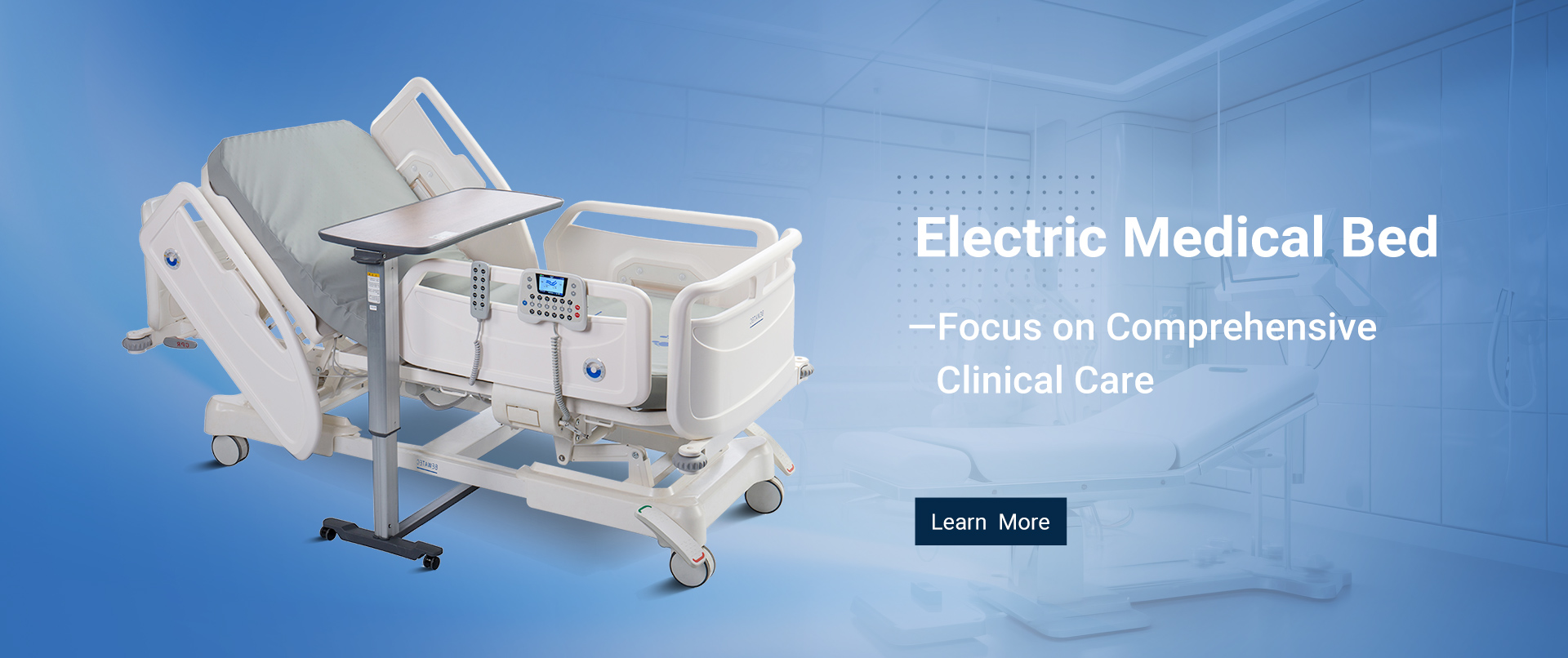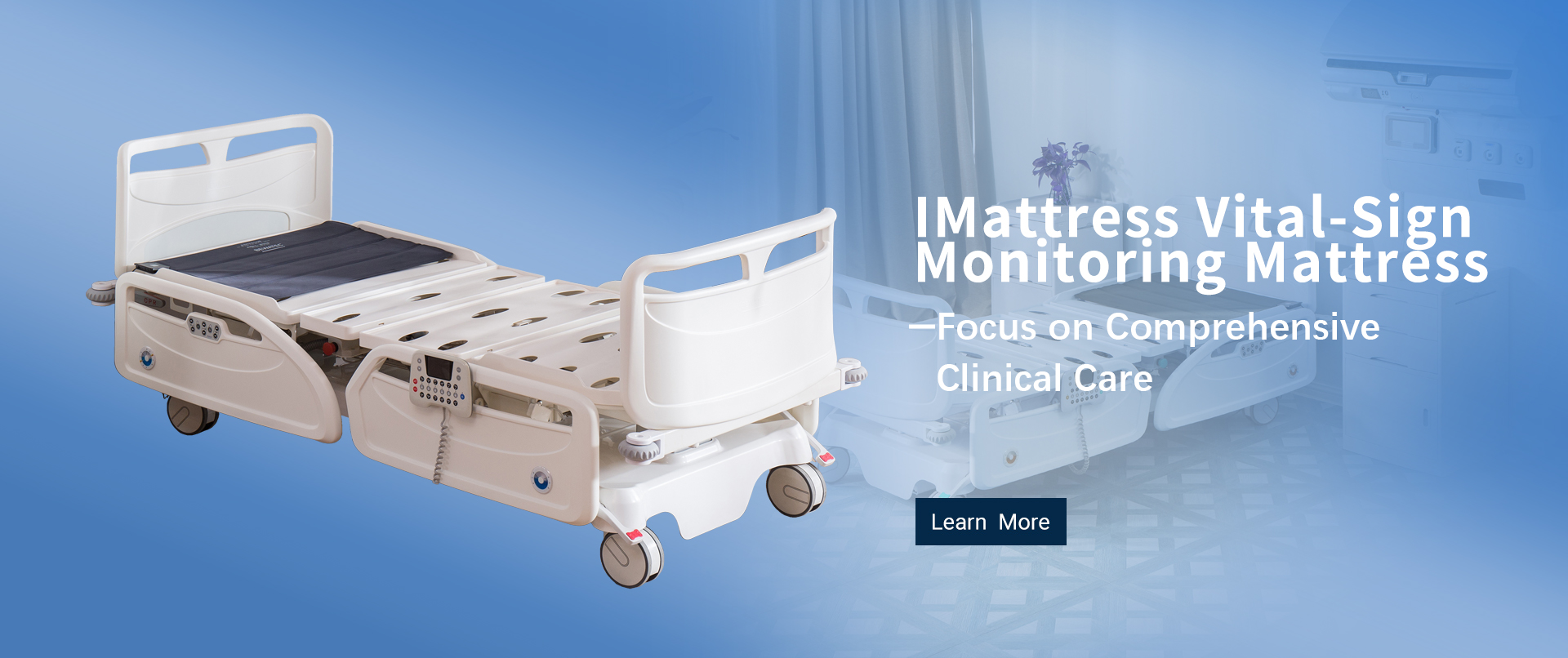
Understanding the Different Types of Hospital Medical Equipment
Table of Contents
- Types of Critical Care Equipment Used in Emergency Rooms
- The Role of Diagnostic Imaging Machines in Patient Care
- An Overview of Surgical Instruments and Their Importance
- Essential Monitoring Devices for Patient Safety
- Understanding the Use of Rehabilitation Equipment in Hospitals
- Innovations in Hospital Equipment for Enhanced Patient Outcomes
- Modern and Practical Bedside Tables Enhancing Comfort and Functionality in Hospital Rooms
- FAQS
- Conclusion
- Related Posts
As the healthcare world keeps evolving, it’s becoming clearer that having the latest and greatest hospital medical equipment is more important than ever for providing top-notch patient care. According to a report from Global Market Insights, the global medical device industry is expected to hit over $600 billion by 2024—crazy, right? This jump is mainly driven by new tech breakthroughs and the rising number of folks battling chronic diseases. Bewatec (Zhejiang) Medical Device Co., Ltd. is really leading the charge here, focusing on smart medical solutions and pushing hard to digitize healthcare.
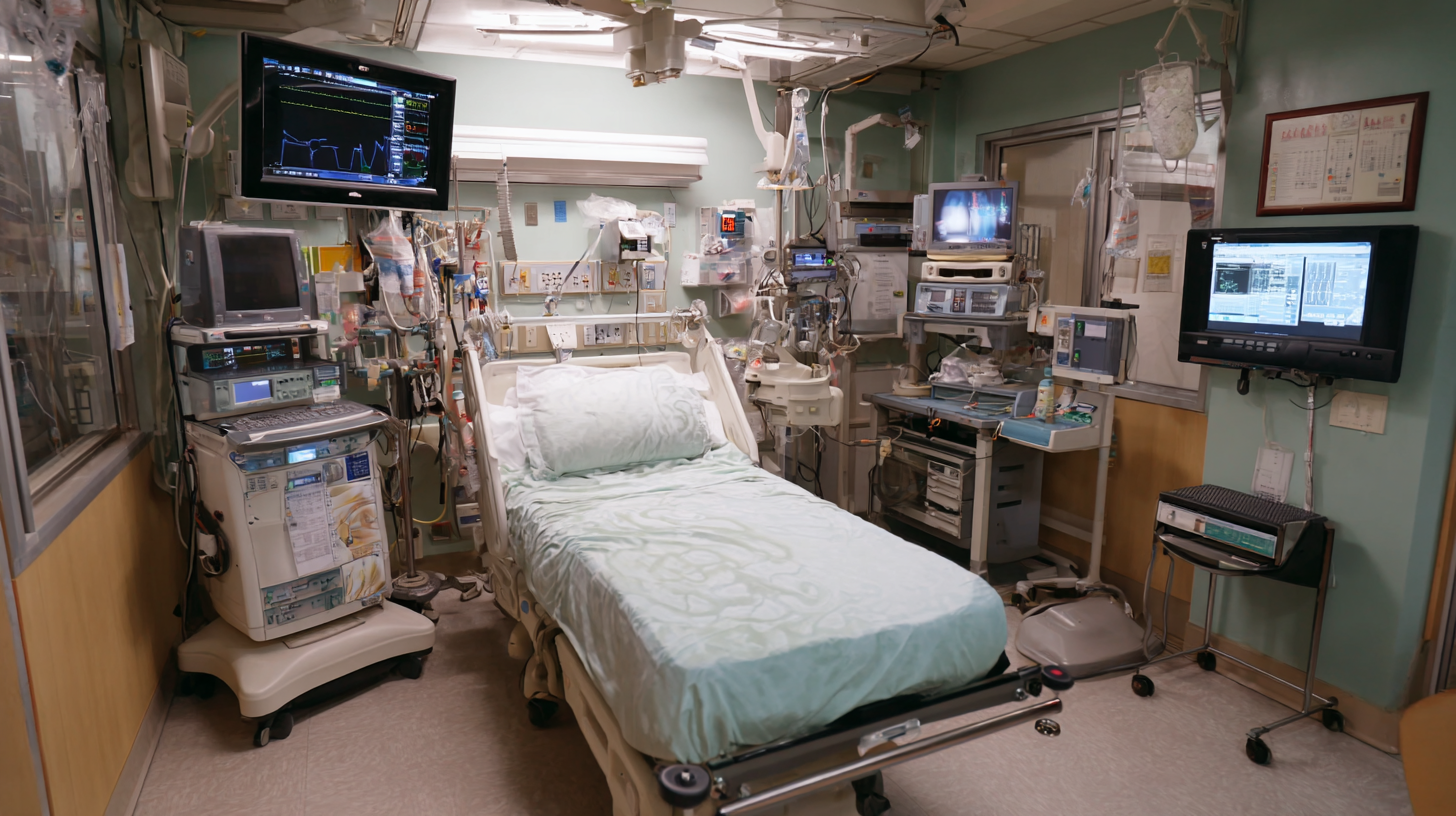
They’re working on integrating innovative tech into hospital equipment to make patient experience safer, more comfortable, and personalized—kind of like digital care made just for you. Thanks to their dedication, Bewatec is sitting pretty as a global leader in tailored smart medical solutions, totally geared up for the fast-changing landscape of healthcare today.
Types of Critical Care Equipment Used in Emergency Rooms
Emergency rooms, or ERs as people often call them, are packed with all kinds of critical care gear, all designed to give folks the immediate help they need when things get really serious. You know, stuff like defibrillators, ventilators, and high-tech monitoring systems are pretty much a staple. Interestingly, a report from the Global Industry Analysts mentions that by 2027, the global market for emergency medical equipment is expected to top $10 billion. That just shows how much everyone’s putting an emphasis on streamlining emergency care these days.
One piece of equipment you’ll see a lot in ERs is the cardiac monitor. These devices are like the heartbeat’s best friends—they keep tabs on heart rate, rhythm, and all the vital signs around the clock. They're so important for catching issues like arrhythmias early on because, honestly, catching a problem fast can make all the difference between life and death. Plus, portable ultrasound machines are gaining popularity—think of them as quick-peek gadgets that help doctors make fast decisions. Hospitals with fancy imaging tech have even seen about a 15% drop in the time it takes to start treatment for trauma patients. That kind of tech really speeds things up!
When it comes to using hospital equipment effectively in emergencies, a few tips can make a big difference. Regular staff training on the newest features is a must, of course. Also, keeping all devices properly calibrated and tested on a regular basis helps avoid surprises. And don’t forget about having everything organized so you can grab what you need in a flash—it’s all about working smarter under pressure. By staying up-to-date with the right gear and making sure staff know how to use it, hospitals can really improve outcomes when every second counts.
The Role of Diagnostic Imaging Machines in Patient Care
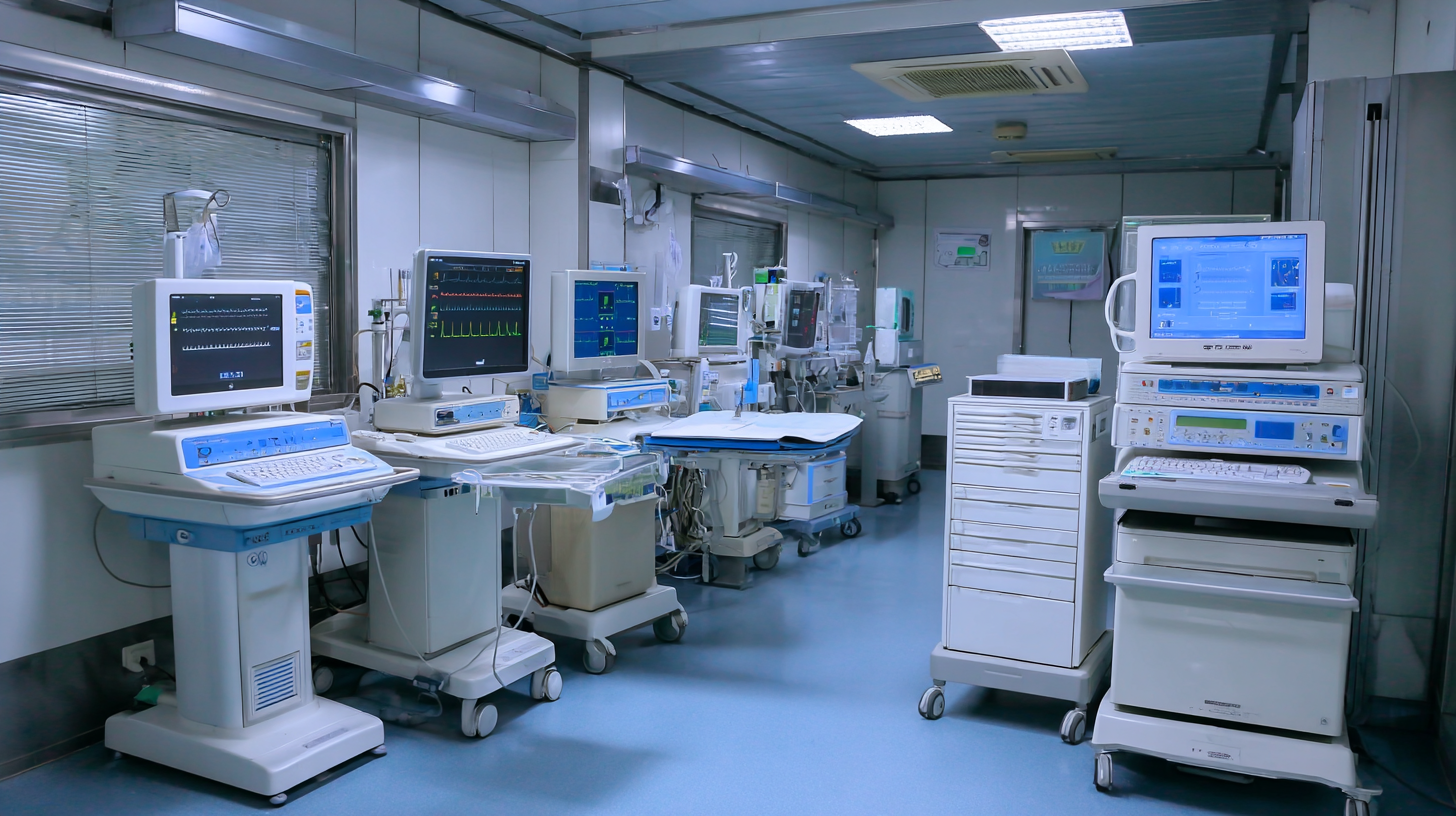 Diagnostic imaging machines are really the backbone of modern patient care. They give doctors the accurate and timely info they need to make a diagnosis, plan treatments, and keep an eye on how patients are doing. And honestly, recent tech advancements are changing the game — it's pretty exciting. For instance, the way machine learning and AI are being integrated is making diagnostic tests not only faster but also more precise, which means patients get more personalized care.
Diagnostic imaging machines are really the backbone of modern patient care. They give doctors the accurate and timely info they need to make a diagnosis, plan treatments, and keep an eye on how patients are doing. And honestly, recent tech advancements are changing the game — it's pretty exciting. For instance, the way machine learning and AI are being integrated is making diagnostic tests not only faster but also more precise, which means patients get more personalized care.
Hospitals and imaging centers are jumping on board with these new tools because the demand for better diagnostic services is only growing.
Plus, we're seeing more partnerships pop up between healthcare providers and tech companies. These collaborations focus on upgrading equipment and keeping technology up to date to help improve patient outcomes. New diagnostic imaging centers are also opening up, offering everything from CT scans to MRIs, making sure folks have access to the latest imaging options.
As healthcare keeps evolving, it's clear that embracing cutting-edge tech in diagnostics will really help raise the bar for patient care — and in the end, lead to healthier, happier patients.
An Overview of Surgical Instruments and Their Importance
Surgical instruments are honestly a pretty essential part of modern healthcare. They play a huge role in making sure medical procedures go smoothly. You know, these tools—ranging from simple scalpels and forceps to more high-tech robotic systems—are there to help surgeons perform accurate cuts, handle tissues carefully, and carry out complex surgeries. And honestly, choosing the right instruments is a big deal because they can directly affect patient recovery, how efficiently everything runs, and the overall safety of the procedure.
Every type of surgical instrument is designed with a specific purpose in mind. For example, scalpels are made for precise cutting, while sutures and clamps are used to control delicate tissues without causing extra damage. Plus, surgical tech keeps advancing, bringing in smarter tools like endoscopes and laparoscopes that let surgeons see what's going on inside without making big cuts. As surgery keeps evolving, it’s really important for healthcare pros to understand how each instrument works and when to use them properly—that way, they can give their patients the best care possible and increase the chances of a successful operation.
Essential Monitoring Devices for Patient Safety
In today’s healthcare, these monitoring devices are such a vital part of keeping patients safe. Thanks to all the tech leaps we've seen, things like vital signs monitors, pulse oximeters, and ECG machines are pretty much everywhere in hospitals now. I saw in the Fortune Business Insights’ Global Healthcare Market Report that the market for patient monitoring gear is expected to hit around $43.26 billion by 2025 — which just shows how much we rely on these tools for making good clinical decisions.
Here’s a pro tip for healthcare workers: make sure you're regularly calibrating and maintaining these devices. It might sound small, but it really makes a difference — not just for accuracy, but it also helps the equipment last longer. And honestly, training your staff to use these gadgets properly is a total game-changer for patient outcomes. The Joint Commission even pointed out that improper use of monitoring tools can lead to increased risks during critical moments, so keeping everyone trained and updated is pretty much essential.
Plus, when these devices are integrated with real-time data analytics, it can really help clinicians make quicker, more informed decisions. A study in the Journal of Medical Systems found that hospitals using more advanced analytics with their monitoring tools saw a 25% drop in patient complications. So, investing in the right tech and making sure your team knows how to use it properly can seriously boost safety and improve the overall quality of care we provide.

Understanding the Use of Rehabilitation Equipment in Hospitals
Rehabilitation equipment really plays a key role when it comes to recovering in the hospital. These specialized tools are actually designed to help folks get back their mobility, strength, and independence after an injury, surgery, or illness. You’ve probably heard of things like gait trainers—those are great for helping people walk again—and stationary bikes, which are awesome for boosting cardiovascular health and strengthening the legs. What’s cool is that these tools don’t just help you physically recover; they also make the whole rehab process a bit more engaging by encouraging patients to stay motivated and involved.
And it’s not just about moving around — this equipment is super important for therapy, too. Things like resistance bands and therapy balls are commonly used during physical therapy sessions to help improve flexibility and muscle strength. Plus, there’s some pretty cool tech these days, like virtual reality systems, that create immersive environments—these can really motivate patients to move more and even distract from pain during a session. When healthcare pros include all these different tools in a patient’s rehab plan, they can customize the whole process, making recovery more effective and personalized. It’s all about giving people the best shot at getting back to their normal lives.
Innovations in Hospital Equipment for Enhanced Patient Outcomes
When it comes to healthcare, tech innovations in hospital equipment really make a difference—they can significantly boost patient outcomes and overall care quality. For example, a recent report from the World Health Organization mentioned that using advanced medical gadgets can cut down hospital stays by around 20%, and also reduce medical errors by as much as 30%. It’s pretty exciting how these new tools not only raise the standard of care but also help hospitals save a lot of money in the long run.
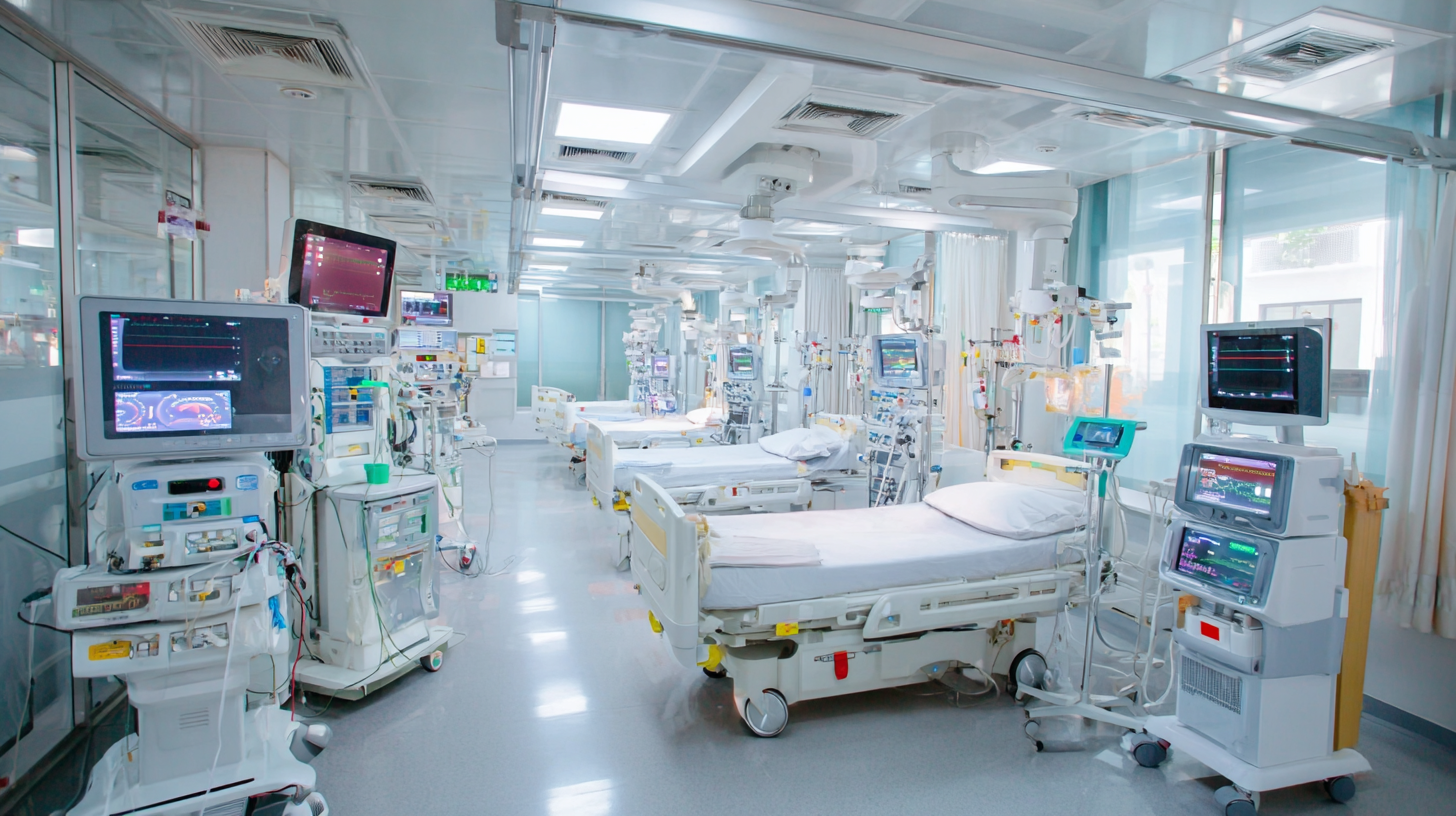
One of the coolest developments lately is the use of artificial intelligence in diagnostic machines. A study by Frost & Sullivan highlights that AI-powered imaging tools can spot conditions like early-stage cancers with over 90% accuracy. That’s huge because catching things early can really be a game-changer for patient survival. Plus, wearable health tech—like smart watches and fitness trackers—are becoming more common. They give healthcare teams a continuous stream of vital signs, so they can jump on any changes in a patient’s condition much faster.
If you’re interested in all this, a good tip is to stay updated with the latest healthcare news and research—reading reputable journals or news sites can really help. Also, encouraging hospitals to train their staff on new equipment is key, so everyone’s confident and patient safety is maximized. And don’t forget, regular checks and evaluations of medical devices are super important—they help spot areas for improvements and innovations, always keeping patient care as the top priority.
Modern and Practical Bedside Tables Enhancing Comfort and Functionality in Hospital Rooms
In today's healthcare environment, the design of hospital rooms plays a crucial role in enhancing patient comfort and functionality. One often-overlooked element is the bedside table. Modern and practical bedside tables serve not only as functional furniture but also as a source of comfort for patients during their stay. With the right bedside table, patients can enjoy a more organized and aesthetically pleasing environment.
These bedside tables are typically designed to be light enough for easy mobility, yet sturdy enough to hold essential items like personal belongings, medications, and reading materials. Their lightweight structure allows for effortless repositioning, ensuring that healthcare providers can quickly adapt the space as needed. Furthermore, the careful consideration of aesthetics in their design helps to create a calming atmosphere that can alleviate stress, turning sterile hospital rooms into more welcoming environments.
In addition to being functional and pleasant to the eye, modern bedside tables are often equipped with features that further enhance their utility. Drawers provide hidden storage for personal items, while surfaces are spacious enough for lamps, books, and even electronic devices. This blend of comfort and practicality makes these tables an essential investment for any healthcare facility looking to improve the patient experience.
FAQS
: Key types of critical care equipment in emergency rooms include defibrillators, ventilators, cardiac monitors, portable ultrasound machines, and advanced monitoring systems.
A cardiac monitor is crucial as it continuously tracks a patient’s heart rate, rhythm, and other vital signs, helping to detect arrhythmias and cardiac issues early for timely intervention.
Portable ultrasound machines allow for rapid assessments in emergency settings, which helps guide treatment decisions effectively and improves patient outcomes.
Hospitals with advanced imaging equipment report a 15% reduction in time-to-treatment for trauma patients, highlighting its importance in emergency care.
Recent advancements include the integration of machine learning and artificial intelligence, which enhance the accuracy and speed of medical image analyses for personalized patient care.
Healthcare systems are establishing partnerships with technology providers to enhance equipment capabilities and modernize technologies, leading to the creation of new diagnostic imaging centers.
The right surgical instruments are vital as they directly impact patient outcomes, surgical efficiency, and safety during medical procedures.
Essential surgical instruments include scalpels, forceps, sutures, clamps, endoscopes, and laparoscopes, each designed for specific functionalities in performing precise operations.
Surgical technology has evolved with the development of innovative tools that enhance visualization and facilitate minimally invasive procedures.
Regular staff training on medical equipment ensures that personnel are knowledgeable about the latest features, which enhances operational efficiency and improves patient outcomes in critical care situations.
Conclusion
Hey there! So, in this blog post, we’re diving into the essential types of hospital medical equipment — you know, the stuff that really makes a difference in patient care across different medical settings. We’ll talk about some of the critical care gear used in emergency rooms because, let’s face it, those tools are lifesavers in urgent situations. Then, we’ll look at diagnostic imaging machines, which are key for getting accurate diagnoses, along with surgical instruments that are absolutely vital for a successful operation. And we can’t forget about the monitoring devices that help keep patients safe throughout their treatment. Plus, I’ll share a bit about rehab equipment that supports recovery and even introduce some of the latest innovations aimed at improving patient outcomes.
At Bewatec (Zhejiang) Medical Device Co., Ltd., we’re pretty passionate about pushing the boundaries of digital transformation in hospital equipment. Our goal? To create a more personalized, safe, and effective care experience for patients. We’re dedicated to offering smart, specialized solutions that are helping healthcare facilities all over the world take their capabilities to the next level.
Related Posts
-

Ultimate Guide to Finding the Best Hospital Equipment Online for Global Buyers
-

Choosing the Right Manufacturer for Best Patient Comfort with a Comparative Analysis
-
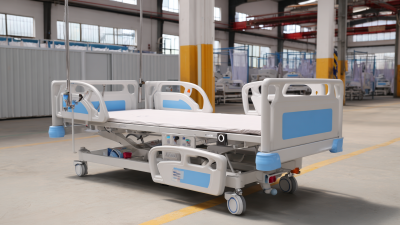
Common Challenges Faced by Global Buyers in Sourcing Medical Beds: An In-Depth Analysis
-
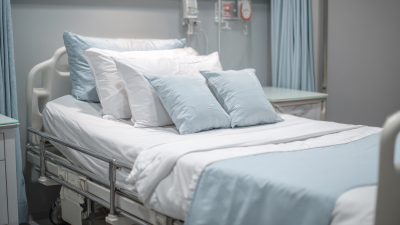
Benefits of Hospital Bed Accessories for Patient Comfort and Recovery
-
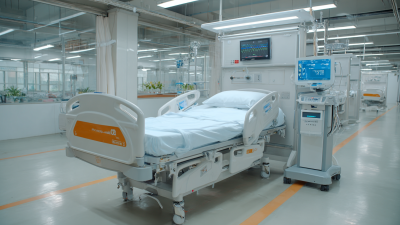
Precision Craftsmanship in Medical Bed Manufacturing: How China's Innovations Serve Global Health Needs
-
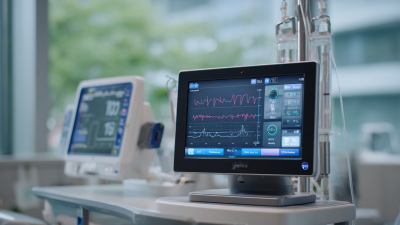
How to Optimize Patient Care with a Wifi Connected Vital Signs Monitor
Blog Tags:




